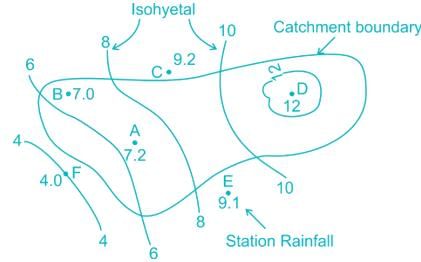Civil Engineering (CE) Exam > Civil Engineering (CE) Tests > Test: Infiltration - Civil Engineering (CE) MCQ
Test: Infiltration - Civil Engineering (CE) MCQ
Test Description
10 Questions MCQ Test - Test: Infiltration
Test: Infiltration for Civil Engineering (CE) 2025 is part of Civil Engineering (CE) preparation. The Test: Infiltration questions and answers have been prepared
according to the Civil Engineering (CE) exam syllabus.The Test: Infiltration MCQs are made for Civil Engineering (CE) 2025 Exam.
Find important definitions, questions, notes, meanings, examples, exercises, MCQs and online tests for Test: Infiltration below.
Solutions of Test: Infiltration questions in English are available as part of our course for Civil Engineering (CE) & Test: Infiltration solutions in
Hindi for Civil Engineering (CE) course.
Download more important topics, notes, lectures and mock test series for Civil Engineering (CE) Exam by signing up for free. Attempt Test: Infiltration | 10 questions in 30 minutes | Mock test for Civil Engineering (CE) preparation | Free important questions MCQ to study for Civil Engineering (CE) Exam | Download free PDF with solutions
Test: Infiltration - Question 1
What is the process by which water enters the small pore spaces between particles in soil rock?
Detailed Solution for Test: Infiltration - Question 1
Test: Infiltration - Question 2
Which of the following seasons has the highest rate of free water evaporation?
Detailed Solution for Test: Infiltration - Question 2
Detailed Solution for Test: Infiltration - Question 3
Detailed Solution for Test: Infiltration - Question 4
Test: Infiltration - Question 5
Which of the following is used for laboratory measurement of infiltration?
Detailed Solution for Test: Infiltration - Question 5
Test: Infiltration - Question 6
Deep vertical movement of water in the ground is called as _________
Detailed Solution for Test: Infiltration - Question 6
Detailed Solution for Test: Infiltration - Question 7
Detailed Solution for Test: Infiltration - Question 8
Detailed Solution for Test: Infiltration - Question 9
Test: Infiltration - Question 10
The rate at which a soil is capable of absorbing water is called:
Detailed Solution for Test: Infiltration - Question 10
Information about Test: Infiltration Page
In this test you can find the Exam questions for Test: Infiltration solved & explained in the simplest way possible.
Besides giving Questions and answers for Test: Infiltration, EduRev gives you an ample number of Online tests for practice
Download as PDF





















